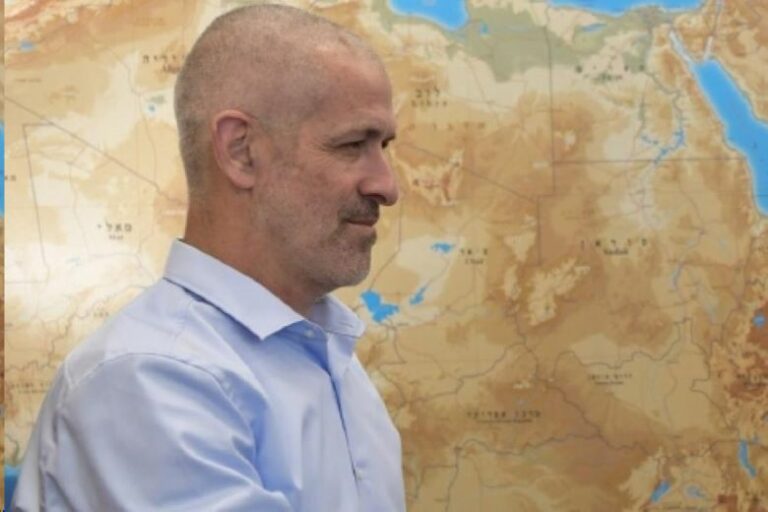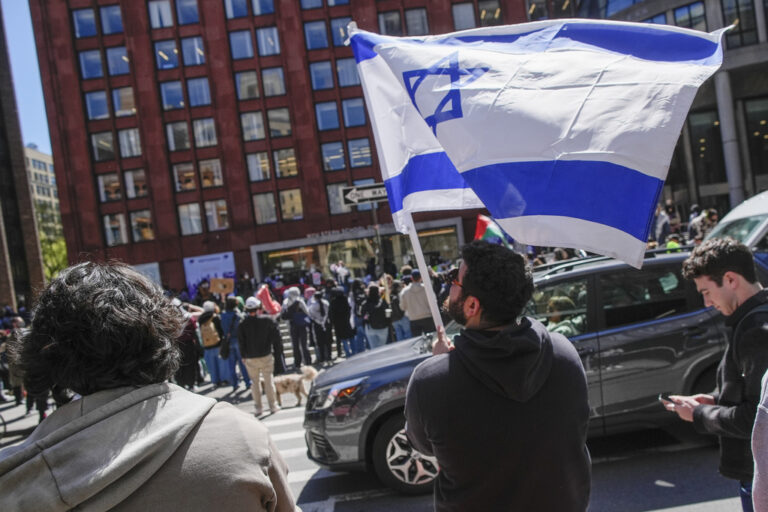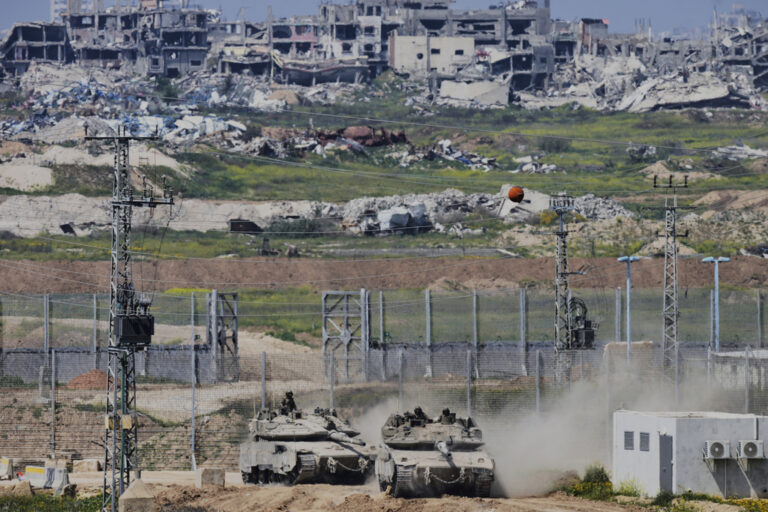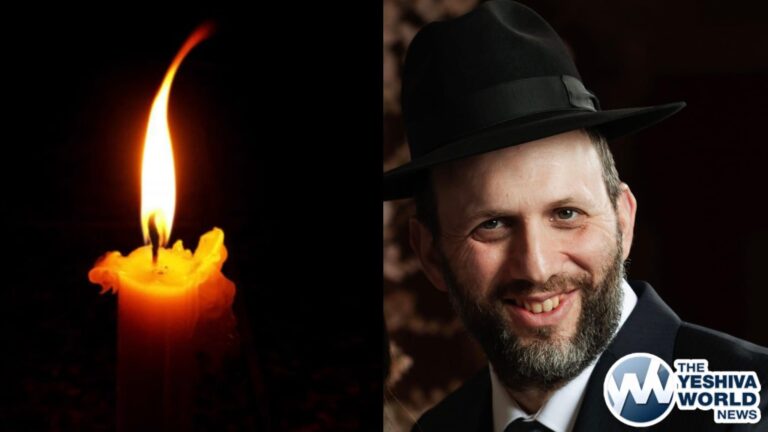 The year’s biggest, wildest show is finally coming to Broadway.
The year’s biggest, wildest show is finally coming to Broadway.
And Brooklyn. And Buffalo. And Syracuse.
The presidential primary is descending on New York. The voting on April 19 will be the first time the state has a played a meaningful role in the nominating process in decades. New York is a coveted prize, offering the most delegates of any contest left on the primary calendar until California’s primary June 7.
And the two leading hometown candidates, Hillary Clinton and Donald Trump, who have long eyed New York as a bulwark against their opposition, now both need the state to provide a bounce-back victory after some disheartening defeats.
Clinton, who has a home just north of New York City and her campaign headquarters in Brooklyn, is aiming to recover from a loss to Bernie Sanders in Wisconsin by emphasizing the eight years she represented the Empire State in the Senate. But polls show her lead over Sanders — another New Yorker who grew up in Brooklyn before settling in Vermont — narrowing. So she is turning to local political organizations, unions and a vast statewide network of supportive elected officials to ward off what would be a humiliating defeat that could send the Democratic establishment into a panic even though she’d still possess a significant delegate lead.
“New Yorkers took a chance on me, and I will never forget that,” Clinton said at a recent event in Harlem. “You have always had my back and I have always tried to have yours.”
For Trump, the campaign’s move to the city where his name is a fixture on apartment buildings, hotels and even Central Park’s ice skating rink, gives him a chance to shake off a resounding defeat to Ted Cruz in Wisconsin.
That loss may doom his chance to lock up the 1,237 delegates needed to secure the Republican nomination before the party’s convention this summer, but the celebrity businessman appears poised to rack up a significant win in his home state. He has a commanding lead in recent polls and his organizational reach appears to dwarf those of Cruz and Ohio Gov. John Kasich.
“I love New York. New York just came out with polls and I’m killing everybody,” said Trump at a rally in Wisconsin on Monday. “Isn’t it nice when the people know you best have you way up?”
The rules governing New York’s set of delegates are complex.
On the Republican side, for instance, 81 are pledged based on results in the state’s 27 congressional districts. Three delegates from each district are given to the candidate who wins at least 50 percent of the vote; if no one exceeds that threshold, the winner gets two delegates and the second-place finisher gets one. Another 14 at-large delegates must vote for the first-place finisher on the convention’s first ballot.
Both the Clinton and Trump campaigns may draw lessons from the state’s 2014 gubernatorial race.
That year, Democratic incumbent Andrew Cuomo ran on a record of being a business-friendly tax cutter, boasting that he frequently worked with the Republicans in the state Legislature to pass restrained, on-time budgets. But many Democrats across the state rallied around unknown law professor Zephyr Teachout, who with little money or organization, mounted a challenge to Cuomo from the left and ended up with a shocking 33 percent of the vote.
Sanders backers believe that scenario could be repeated on a far greater scale against Clinton, and the Vermont senator has repeatedly attacked her cozy ties to Wall Street, connections he says were strengthened when she represented New York in the Senate.
Cuomo two years ago faced a stiffer-than-expected general election campaign from the poorly financed Westchester County executive Rob Astorino, who in a losing effort actually drew more votes from outside New York City than the sitting governor, demonstrating the dramatic shift in the state’s political landscape outside the five boroughs.
Upstate New York is mostly small towns and rural areas, a far cry from the glittering skyscrapers and liberal politics that many across the nation associate with New York. Those counties, while home to far fewer people than the city, frequently vote Republican, as do, at times, the populous Long Island suburbs and some of the city’s far-flung northern exurbs.
In a possible general election contest, a Trump campaign would also likely target the disaffected voter living in hardscrabble upstate cites like Rochester and Buffalo, as well as wide swaths of the northern and western parts of the state that have been mired in economic doldrums for decades.
But while Trump has declared that “in upstate New York, I’m like the most popular person that’s ever lived,” it would be a tall task to flip his native New York red in November due to the sheer number of votes in New York City. In 2012, President Barack Obama won the city by 1.5 million votes, nearly the exact margin by which he captured the state.
Ronald Reagan was the last Republican to win New York, back in 1984. Eight years later, Bill Clinton emerged victorious in a grueling primary, the last time New York played a pivotal role in a presidential primary.
“It’s really exciting that New York matters this time around and that all the candidates are here,” said Tanisha Smith, 36, an undecided Democratic voter from Brooklyn. “We don’t have to wait to November this year!”
(AP)










